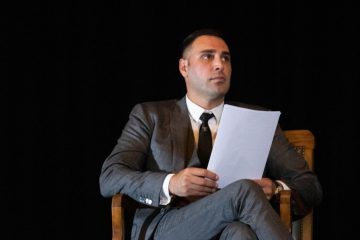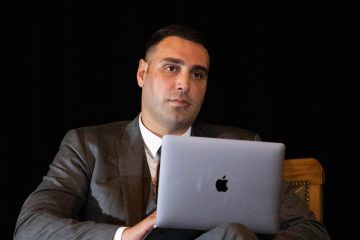Copyright
As in many countries of the world, a work is protected by copyright if it is original. In this we speak of work or work of the mind. Copyright protection means that the author of a work or the persons to whom the author has transferred rights (for example, its publisher or employer) can take legal action to stop unauthorized distribution.
Therefore, those who want to use a work, whether for direct use or to integrate the work into a new work, must first request permission from the rights holders.
Thus, license agreements are made between right holders and users, and between users and professional organizations representing the right holders for certain uses. (television channels or websites)
All works are copyrighted as long as they are formatted and original: books, music, films, graphic works, photographs, software, databases, documents, theatres, advertising work, applied arts, architectural works, creations from the clothing industries, etc. In addition, derivative works, especially translations and adaptations, are also protected.
Definition of Authenticity
Authenticity is defined by jurisprudence. The law does not give a definition, but is defined only by the set of illustrative examples (books, music, photographs, etc.). French and European case law considers that a creation that reveals the personality of the author should be protected when it involves a creative personal effort.
If the criterion of originality is subjective, what is put forward by case-law is easy to deal with. A creation is original if it is the result of the author’s arbitrary choices, even simple ones. This is called relative originality.
In the case of a photograph, for example, there will be the following options: angle, light, focal length, moment of shooting, creating a background, staging, etc.
Having some of these options in the making of the photo will be an indication of a creative effort and the photo will be protected.
The law states that a work will be protected regardless of its type, form, value or purpose. Therefore, a station novel or a user guide for a product is preserved if they are original (This is the case where many words line up and are therefore chosen by the author.).
Unlike trademarks, designs, models, and patents, studies do not require any formality with organizations such as INPI.
Therefore, it is essential to fully understand the criterion of authenticity to determine whether a creation is protected. This question is essential not only for the owner of the right, but also for the person or company who uses the work and infringes without permission when the work is original.
For example, before integrating a programming part of a software into a new application, the programmer must know whether what he wants to use is protected and whether it needs an authorization.
Abuse Protection Criteria
In the event of a dispute, the judge decides whether a work is original and therefore copyrighted. Unfortunately, trial judges often apply the criterion of originality in a very restrictive way.
Indeed, they recently denied copyright protection, in clear violation of copyright law.
The Paris Court of Appeal therefore recently rejected copyright protection for the six photographs, arguing that they were merely “simple and faithful reproductions of works of art”.
It’s true that when it comes to the applied arts (clothing, shoes, kitchenware), determining whether a creation is original can sometimes be complicated. However, the court’s decision is not objective.
Conditional Decisions
However, courts specialize in improving the fight against counterfeiting: Only certain courts are competent to try copyright matters.
copyright example
copyright text
copyright registration
copyright music
copyright law
copyright youtube
So why make such decisions?
The restrictive case-law of the trial judges can be explained in part by the above-mentioned expertise. Many disputes had previously been entrusted to commercial courts. The number of cases has increased significantly since specialization in 2009.
Lack of understanding of some files and excessive workload can also push judges to dismiss plaintiffs for lack of authenticity.
However, although the Supreme Court in principle only judges the application of law and not the facts, fortunately recently, judges have begun to verify studies.
As we’ve explained, simple choices are enough to characterize authenticity. Otherwise, everyone would be a labor thief the moment we are not faced with a masterpiece.



